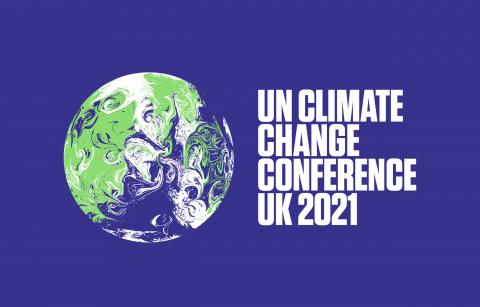COP26 Blog

The 26th UN Climate Change Conference of the Parties (COP26) is being held in Glasgow from 31st October to the 12th November 2021. This COP has been hailed as a critical point in the fight against climate change, indeed perhaps it is the critical point in this fight. The agreements and decisions that nations aim to reach at this COP will define for us whether we can keep global warming below 1.5°C These decisions will (hopefully) be driven by the science that clearly outline the statistics and numbers that reveal our impact on our environment, and its consequences. In these blog posts, BioSS statisticians take a light-hearted look at some of the statistics, facts and figures playing such a key role in the COP and in the wider climate change discussion, digging a little deeper into them to see if they really mean what we might expect.
Read the blog posts:
What are the clear indicators of climate change and its causes?
We all hear about climate change on the news and other media, although there are clearly different views about what climate change means and what actions should be taken. If nothing else, everyone's personal perception of climate change is likely to be influenced by where they live and what they do. For example, any consistent change in the long-term weather trend would indicate climate change, but would also be superimposed by natural fluctuations in weather. The two phenomena occur to different degrees at different locations on the globe. Secondly, people living in urban or highly managed environments experience human-made change regularly and may experience less natural change in the environment. World statistics indicate that >50% of the world population live in urban areas.
Methane: The Stealthy GHG

Methane production is primarily attributed to agricultural activities by humans, and more specifically livestock production. Livestock, mainly beef and dairy cattle, produce methane through their digestive process and are responsible for around 14% of global GHG emissions. As I previously mentioned, methane is 28x more potent than carbon dioxide in the atmosphere, but it has a shorter atmospheric lifespan of about 10 years. To put that in context, carbon dioxide has an atmospheric lifespan ranging from 300 to 1000 years. Therefore, mitigating methane emissions now, can have an immediate impact on the climate and could help buy us some time and keep the goal of not increasing temperatures by 1.5°C by 2040 achievable.
Brilliant bogs: putting a value on our peatlands
If you have ever hiked in Scotland, you will be familiar with that sinking sensation. You step onto a lush bed of green only to be sucked in ankle deep by a squelch of bog. Most likely this is the same point at which you realise that your boots are not as waterproof as they used to be! The next time you find yourself cursing the name of Scotland with your wet feet and head in a cloud of midges, here is something to think about: it is estimated that restoring 55% of peatlands to near natural conditions will have a net benefit of £45 - 51 billion. Billions of pounds sound like a lot of money, so let's wade through this bog together and untangle what this really means.
Sustainable Mobility: The Future of Electric Vehicles
Having grown up in a household that has photovoltaic panels on the roof and having recently purchased a full electric vehicle (EV), I consider myself passionate about this theme. However, with COP26 upon us, and all the eyes of the world looking into the climate crisis, it got me to ask myself 'how green are EVs really?'.
Are extreme events such as the 2019 heatwave a result of climate change?
The year 2019 was among the three warmest years since records began in the 1800s. Nearly 400 all-time high temperatures were set in the northern hemisphere during the summer of 2019 and records were broken in 29 countries for the period between 1 May and 30 August. There were heatwaves across Europe, especially in Germany, France and the Netherlands. During the southern hemisphere summer there were catastrophic wildfires in Australia. However, was 2019 just an exceptional year, or was this the result of climate change caused by human activities?
